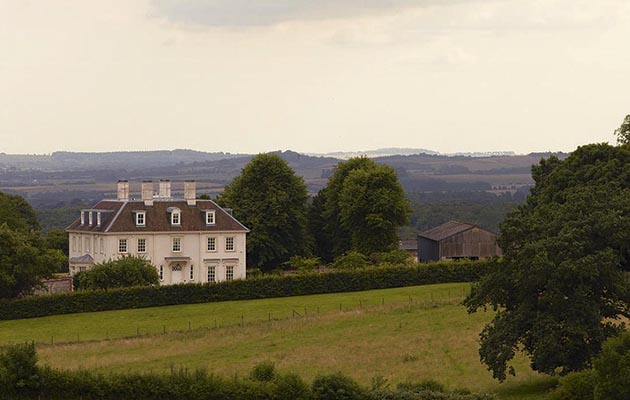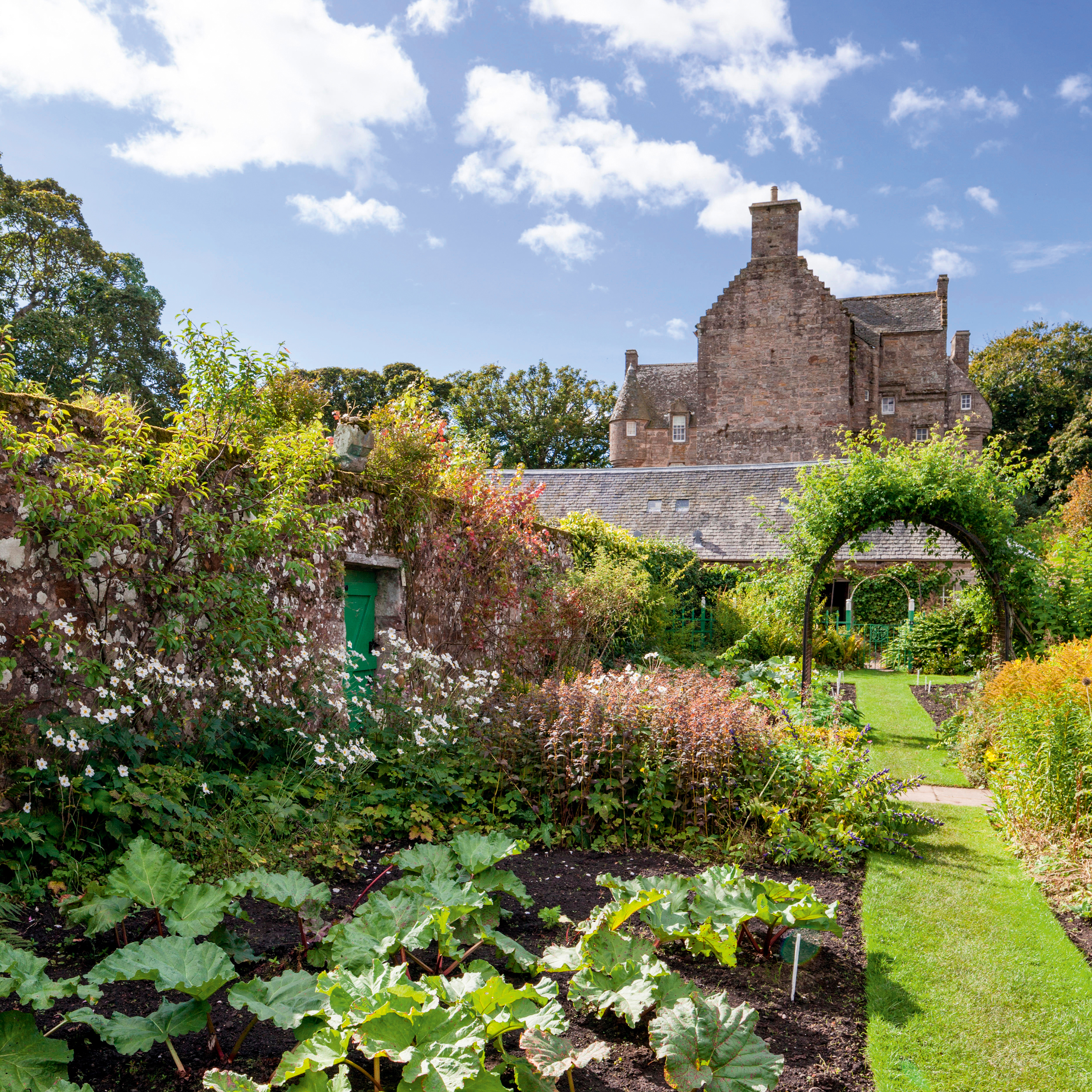Book review: The Country House Ideal
Marcus Binney admires a new book on the recent work of ADAM Architecture.

Architecture The Country House Ideal Jeremy Musson (Merrell Publishing, £40)
This book is an enthralling testimony to the revival of a golden strand of British architecture that almost died. This is the domestic architecture of 1660–1840, so skillfully reinvented by Lutyens and his contemporaries and now rekindled by Robert Adam and his partners, Nigel Anderson, Hugh Petter and George Saumarez Smith.
Thanks to consistently superb photography by Paul Barker (well-known to Country Life readers), the book triumphantly succeeds in its main purpose: to demonstrate that you can commission a delightfully handsome or pretty new house, which is finely built of traditional materials such as brick, flint, stone and render, but also makes the most of modern comforts and technology and achieves high levels of energy efficiency. And that all this can be thoughtfully designed to match the manner in which a particular family wants to live.
So many Classical and traditional houses in the years after 1945 had a slightly insipid or apologetic quality born of a lack of choice in materials and the pervasive Modernist insistence on abolishing ornament.
Mr Adam and his partners know their Palladio and Vitruvius as thoroughly as any leading 18th-century architect. Their eye for proportion is sure and you will never be embarrassed by illiterate or awkward detail. Almost best of all is their mastery of materials of crisp, beautifully crafted bricks and brickwork and finely coloured mortar, none of the oozing marzipan you so often get from volume-house builders.
Jeremy Musson’s highly readable text divides the practice’s houses by theme: Anglo-Classical, Rural Romantics, Palladian, neo-Classical and Picturesque. The one style missing, apart from the odd chimneypiece, is English Baroque. Mr Adam himself has a penchant for Mannerism, notably in his own inventive home, Pightle House, and also for a Schinkel-esque Classicism using flat pilasters.
The enduring English love affair with Queen Anne is to the fore, particularly in the smaller houses, although he embraces both Charles II and Early Georgian as well as the blissful domesticity of country and village building of the years 1660 to 1750. Nigel Anderson, a partner of ADAM architecture, says he can’t remember a time when they didn’t have one such house on the stocks.
Sign up for the Country Life Newsletter
Exquisite houses, the beauty of Nature, and how to get the most from your life, straight to your inbox.
The book is short on floor plans, but these architects are careful internal planners and they delight in lively detailing of internal trim cornices, doors and doorcases, shutters and handsome chimney-pieces. Grand double-height stair-cases are a recurring feature, often with graceful stone cantilevers hugging curved walls and with exhilarating top-lighting.
Windows are the eyes of a building and if they jar, the house looks maladroit. This is all the more difficult now that they have to be double glazed, but the partners have mastered the technology of producing slender astragals, although casements (inward folding) are an alternative they adopt.
Eastridge in Hampshire is an enchanting cottage ornée by Mr Anderson, half-Strawberry Hill, half-gingerbread, with interlacing Gothick tracery in the windows and fretwork bargeboards. George Saumarez Smith’s brickwork at Hayes in Hampshire is at once blemishless and mellow, the more satisfying as it is likely to remain so for centuries. Impressive, too, in a compact house are the enfilades, with windows and archways in perfect alignment.
Hugh Petter’s house in Cheltenham is a delightful play on the Regency villa, with Soanian three-part windows and a cascading stone stair of a refinement rarely seen in two centuries. Credit for the polished use of materials and precision detail is also due to co-director Paul Hanvey, who deals with technical challenges, such as these cantilever staircases. As both Clive Aslet and Calder Loth observe in their forewords, this book comprehensively dispels the assertion that new traditional houses are mere pastiche.
-
 Alan Titchmarsh: 'It’s all too easy to become swamped by the ‘to-do’ list, but give yourself a little time to savour the moment'
Alan Titchmarsh: 'It’s all too easy to become swamped by the ‘to-do’ list, but give yourself a little time to savour the moment'Easter is a turning point in the calendar, says Alan Titchmarsh, a 'clarion call' to 'get out there and sow and plant'.
By Alan Titchmarsh
-
 Rodel House: The Georgian marvel in the heart of the Outer Hebrides
Rodel House: The Georgian marvel in the heart of the Outer HebridesAn improving landlord in the Outer Hebrides created a remote Georgian house that has just undergone a stylish, but unpretentious remodelling, as Mary Miers reports. Photographs by Paul Highnam for Country Life.
By Mary Miers